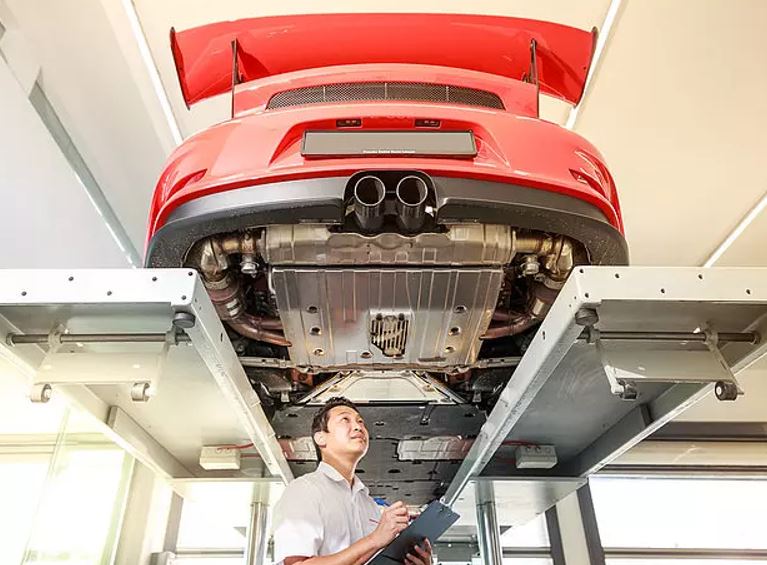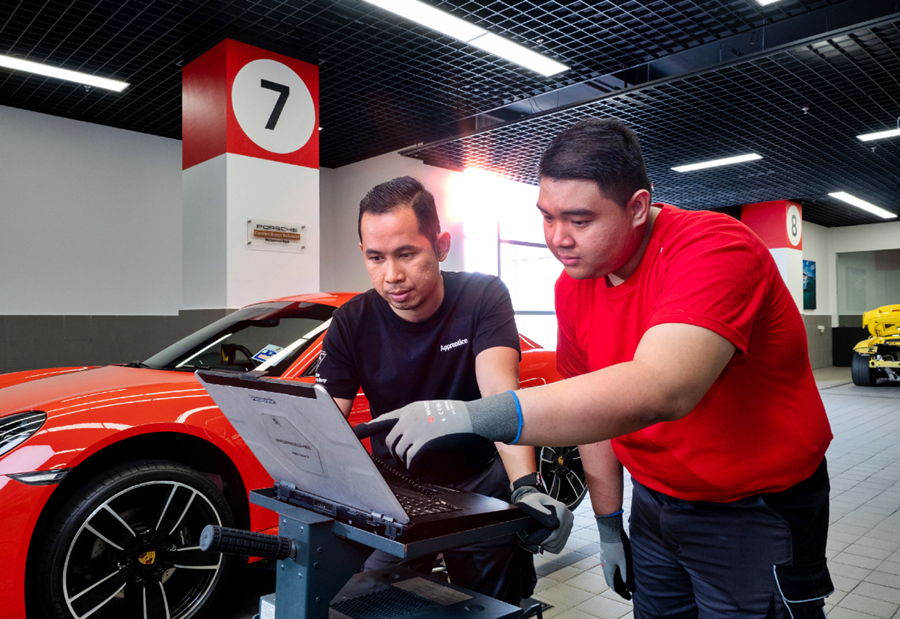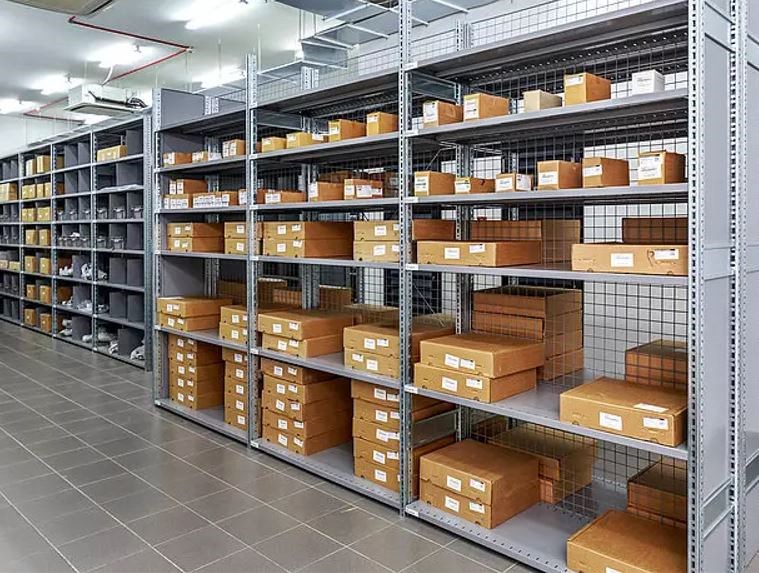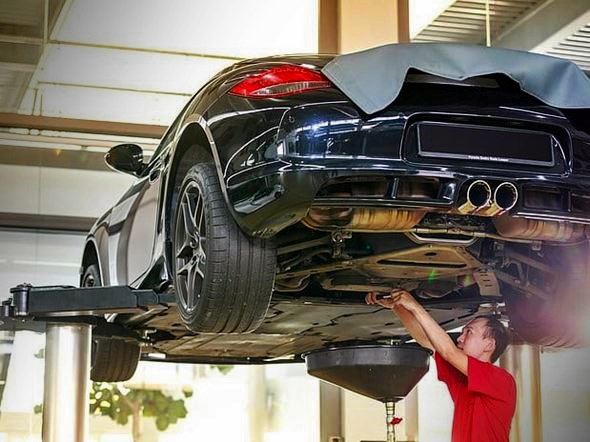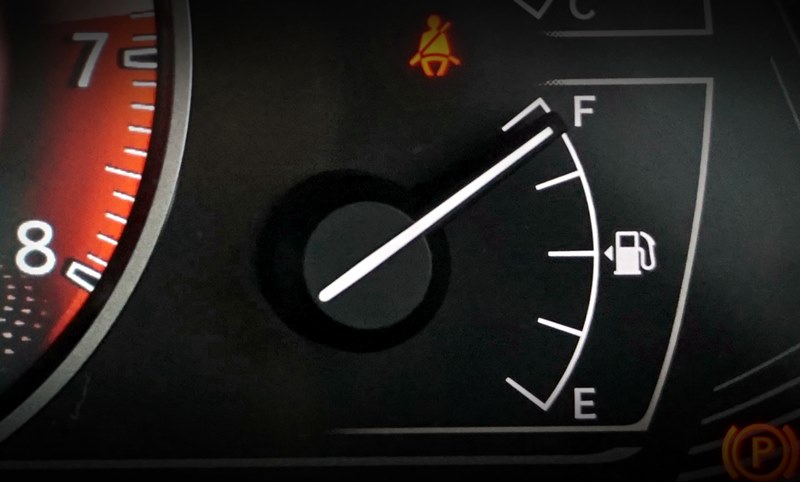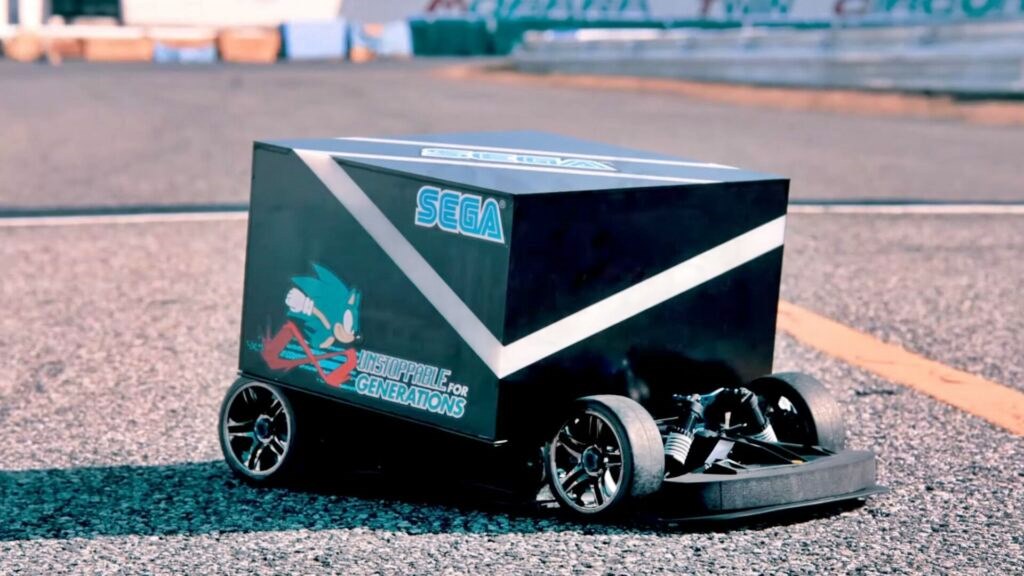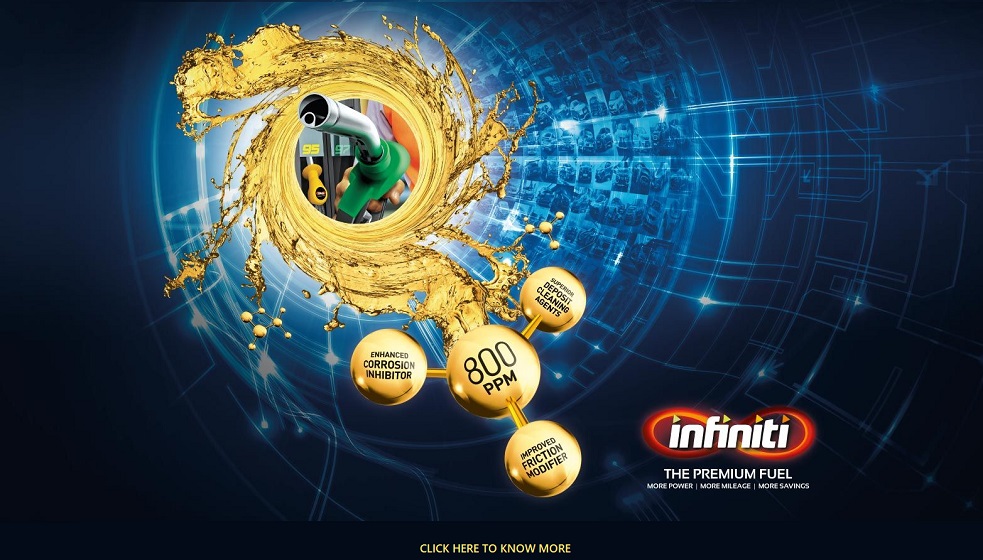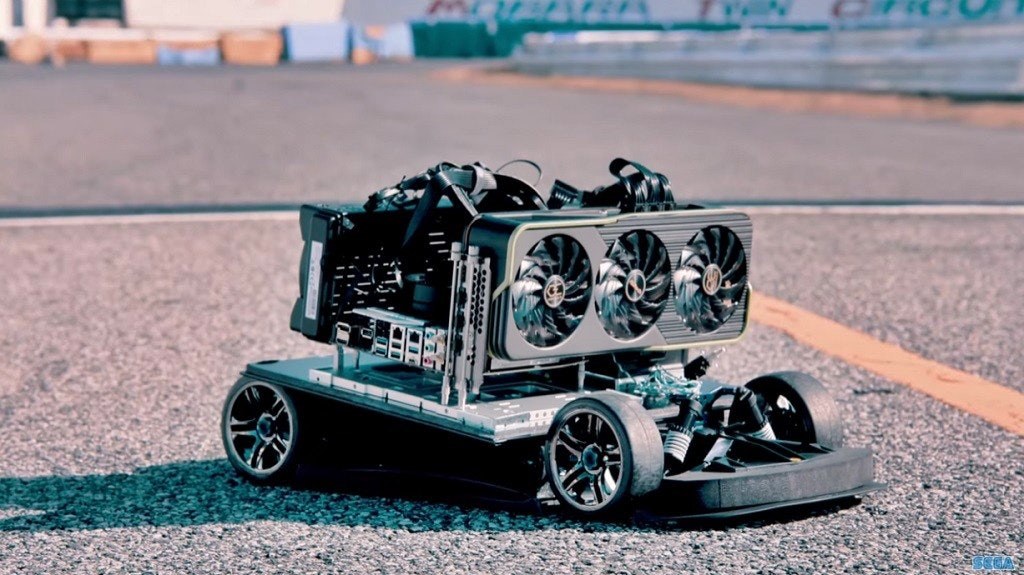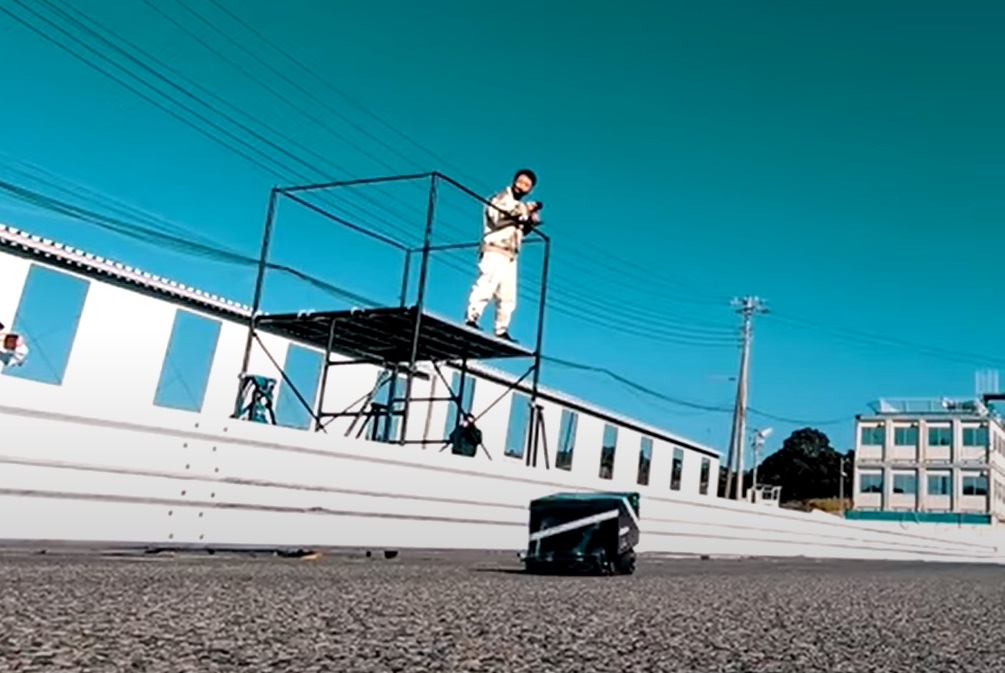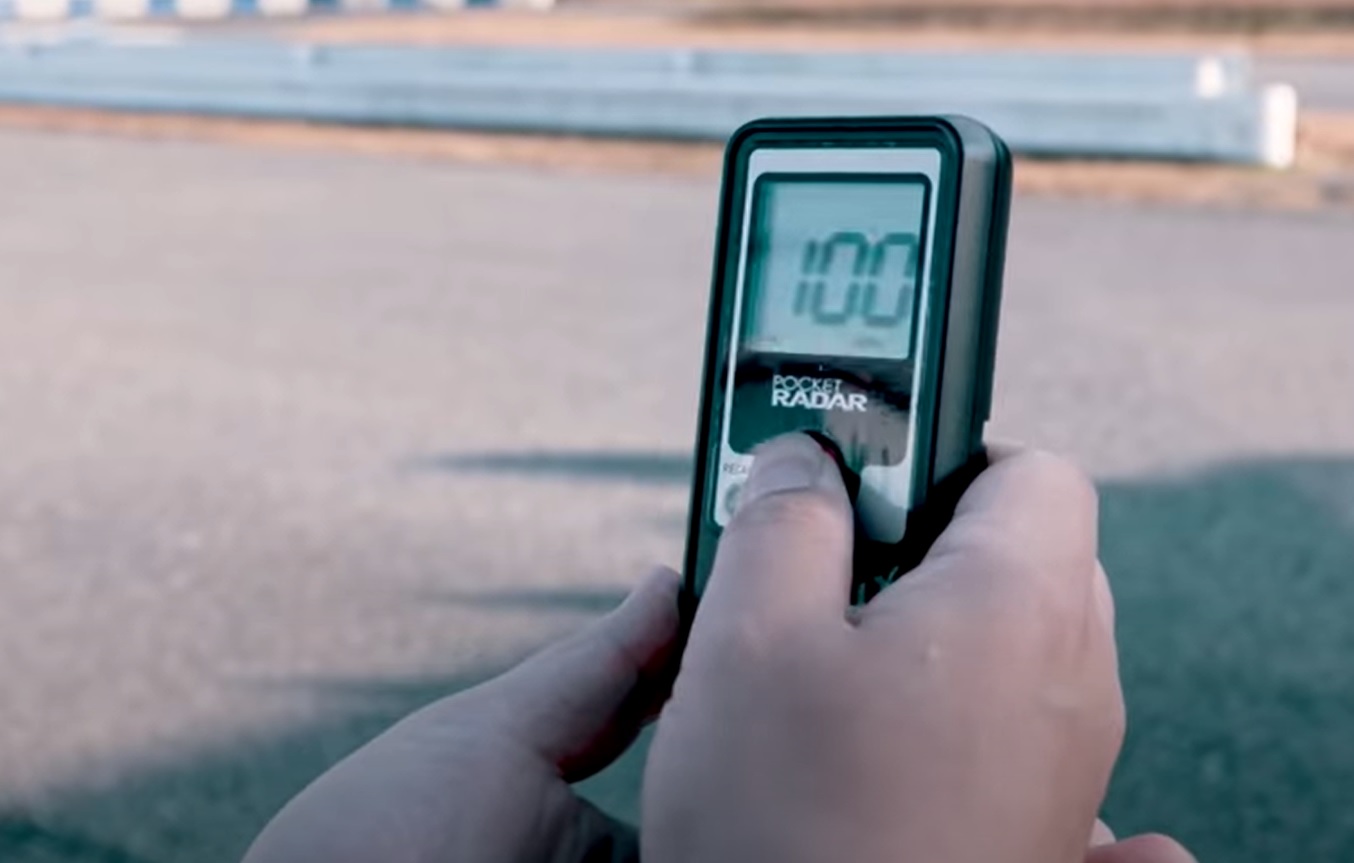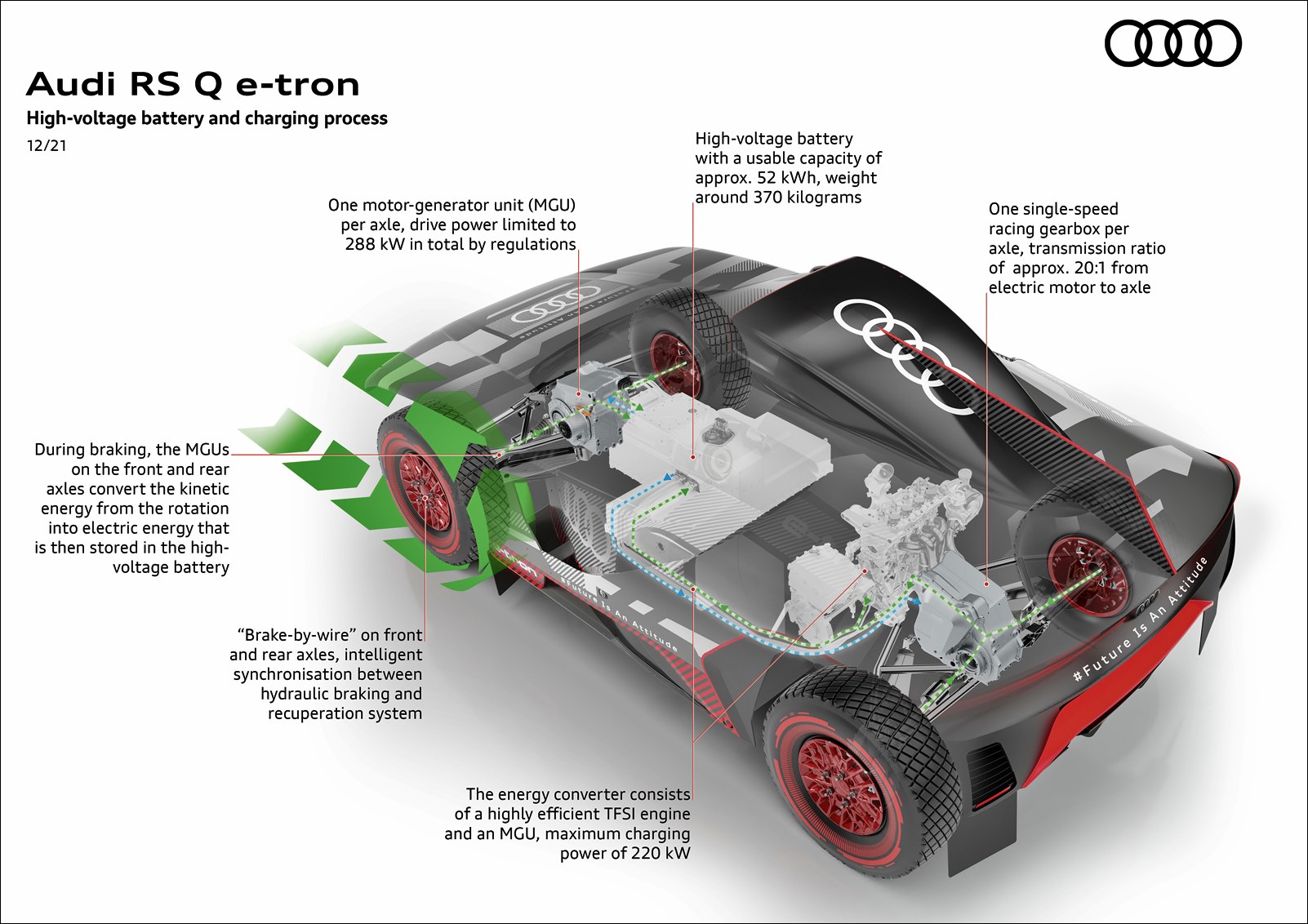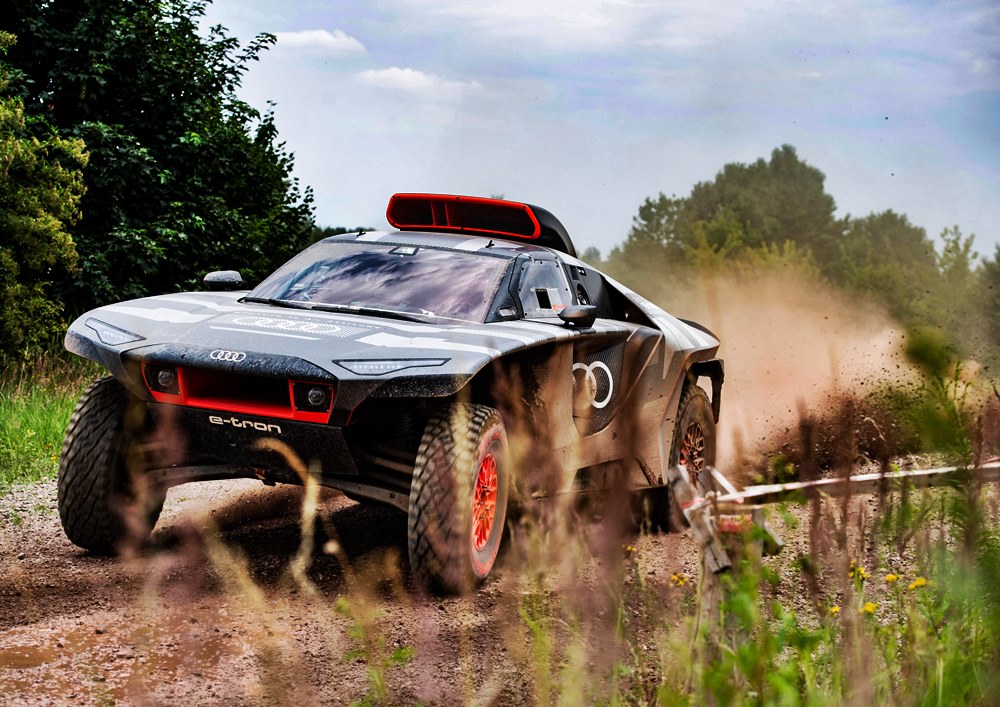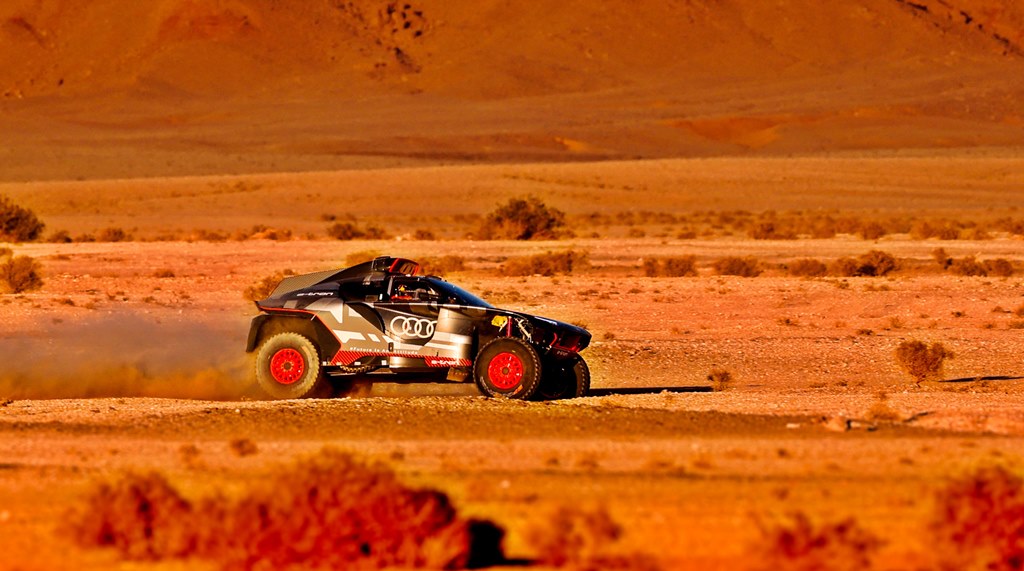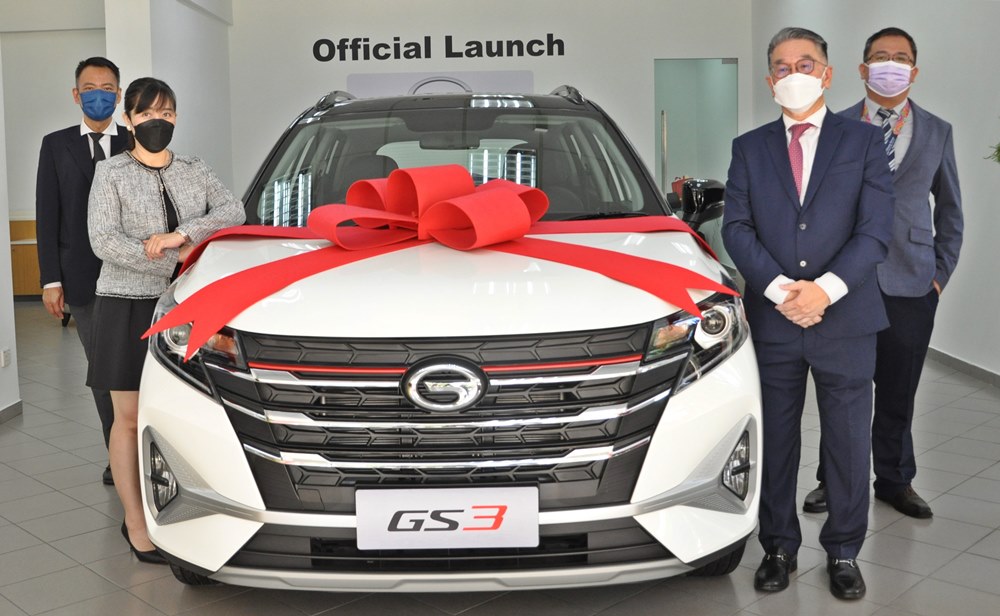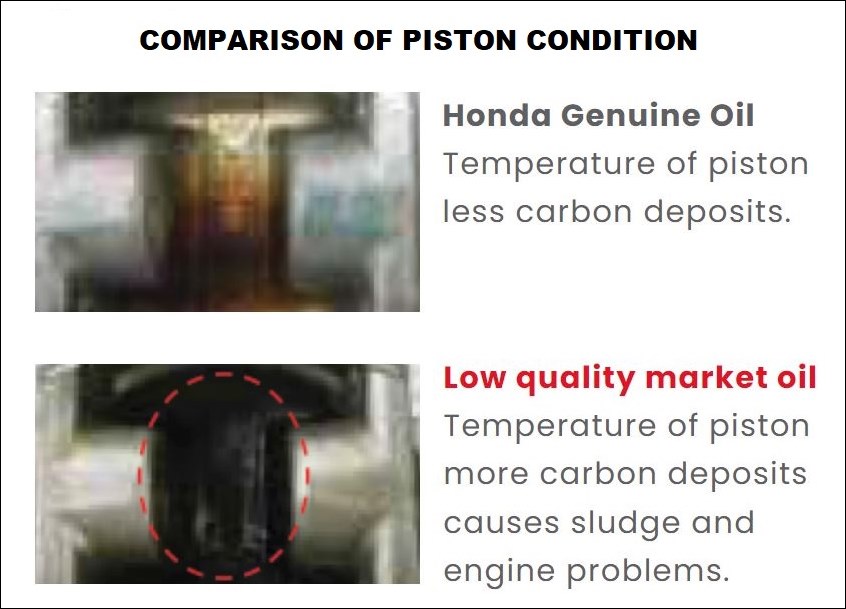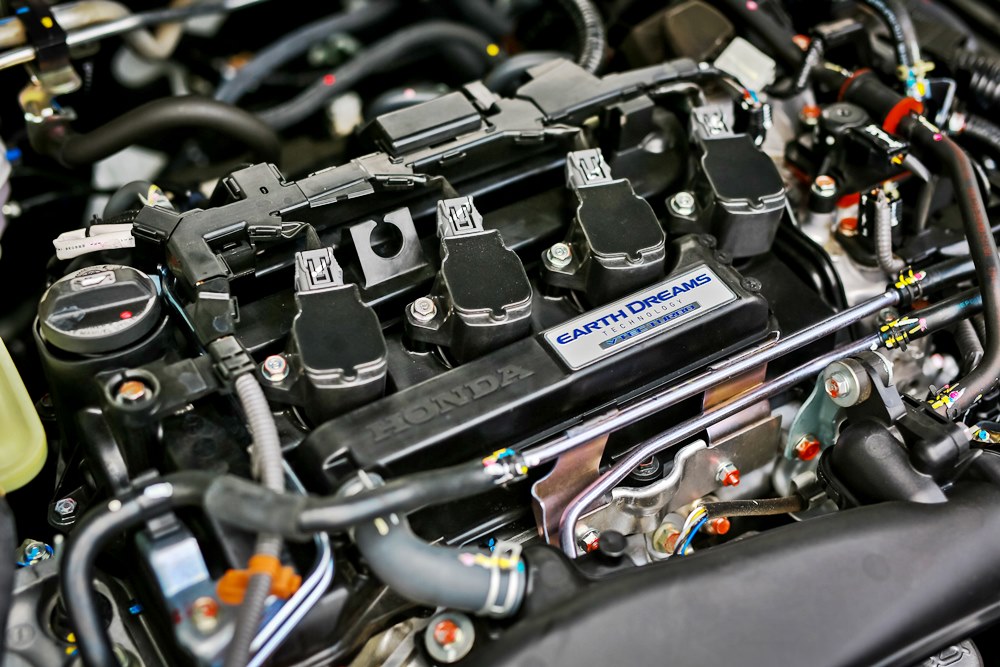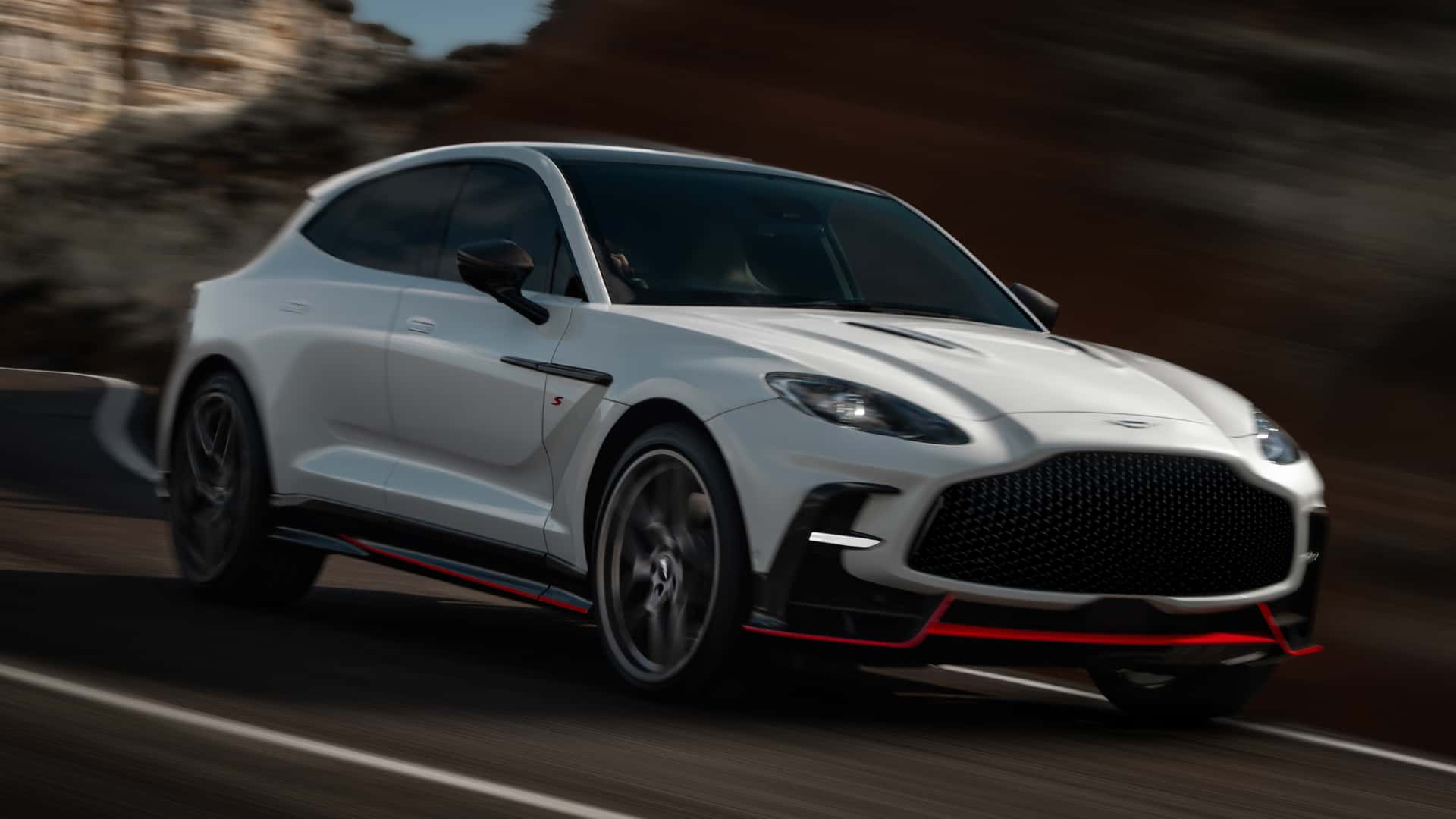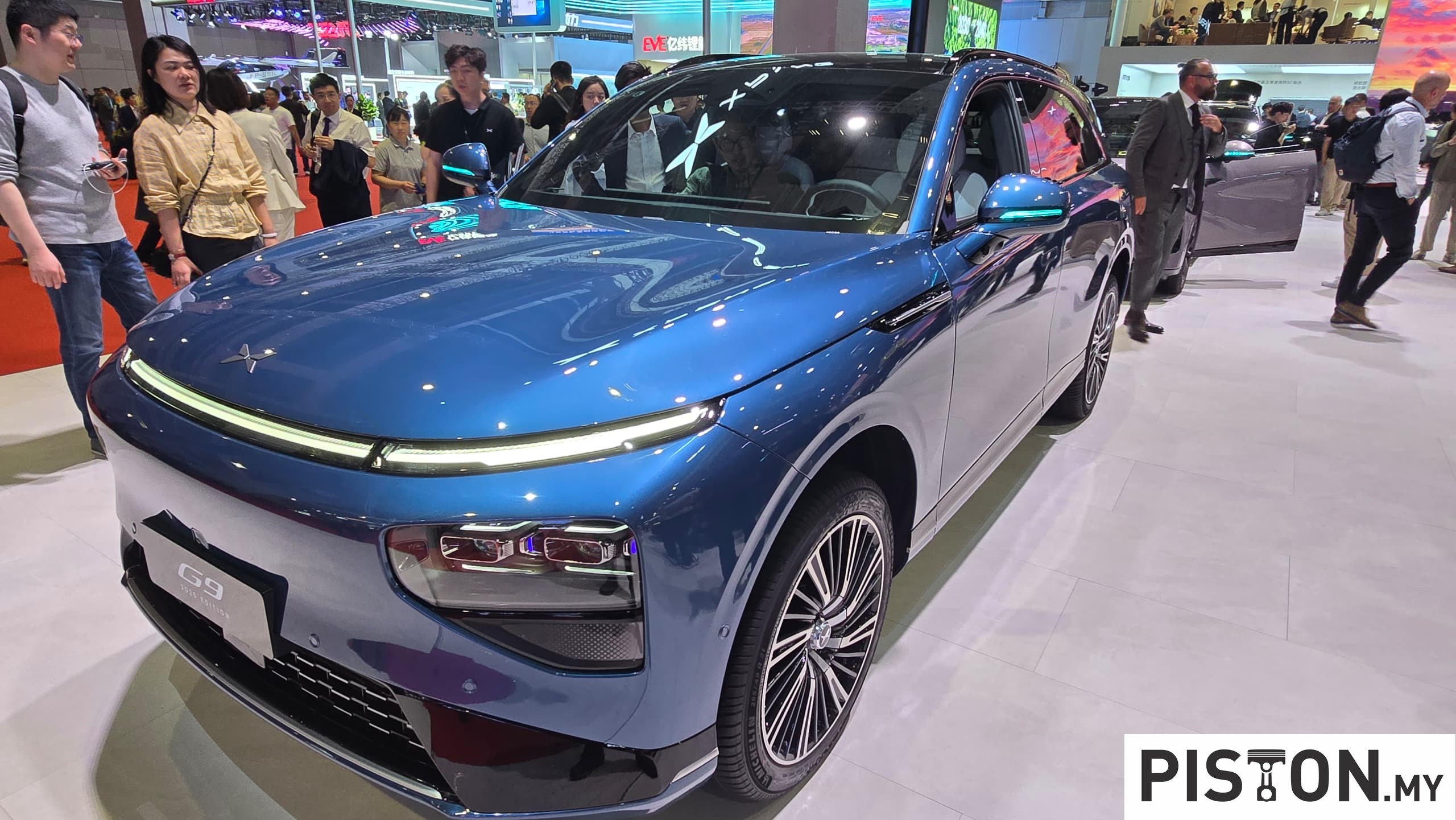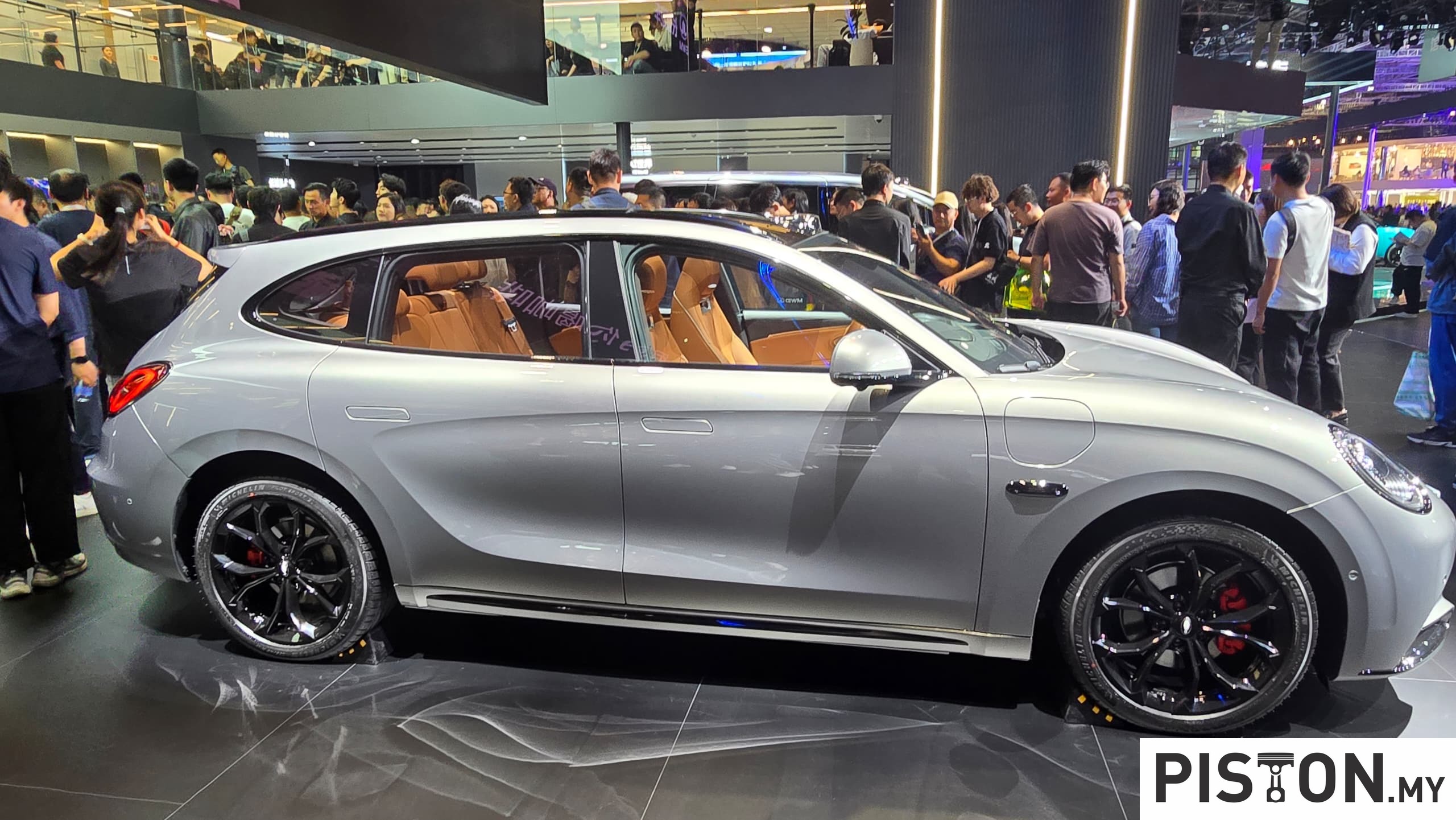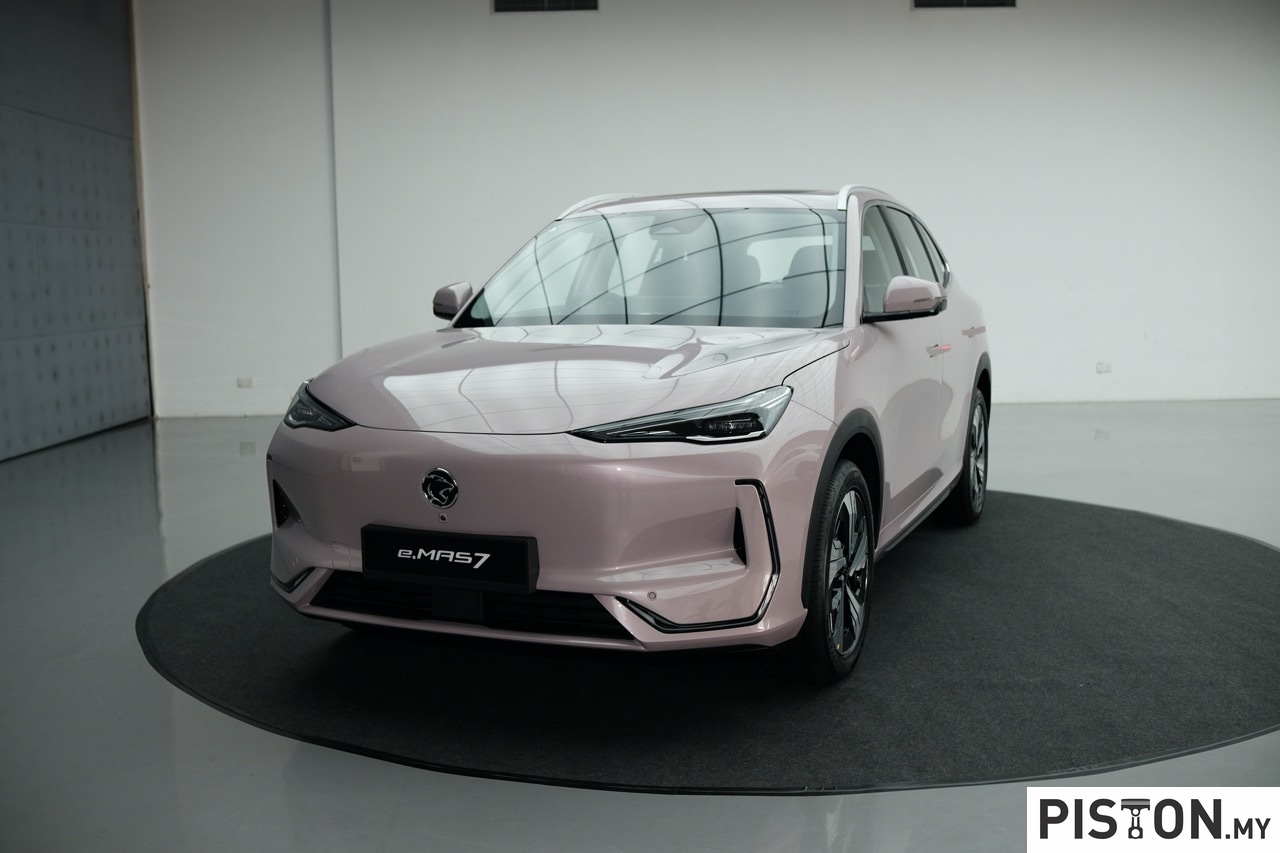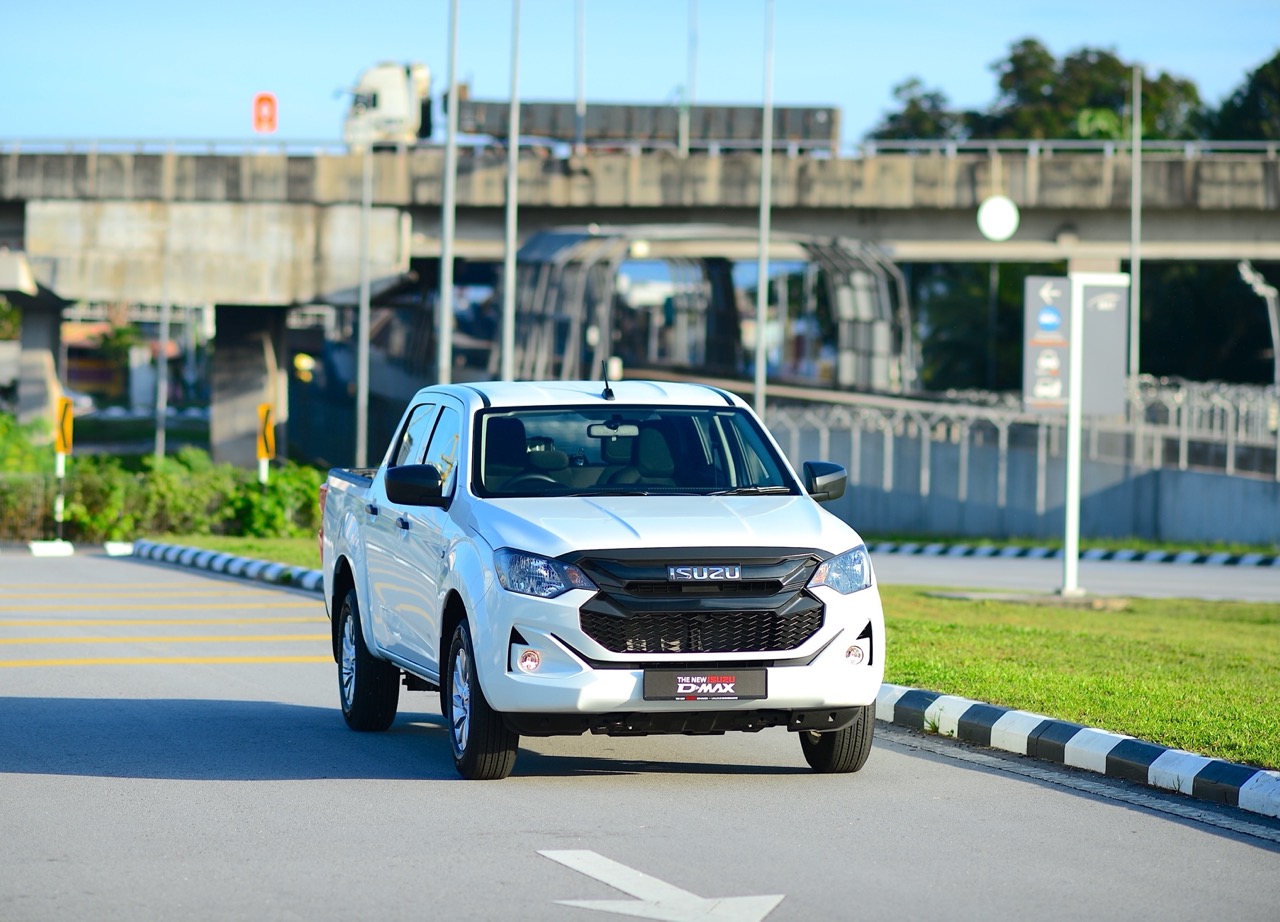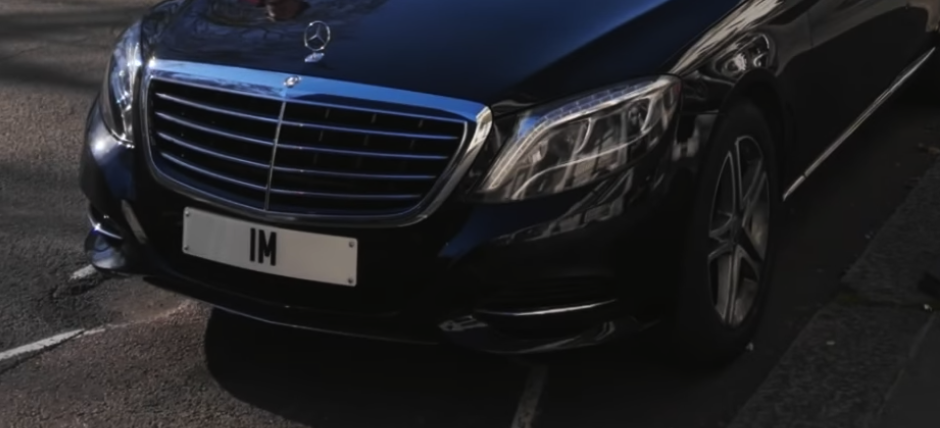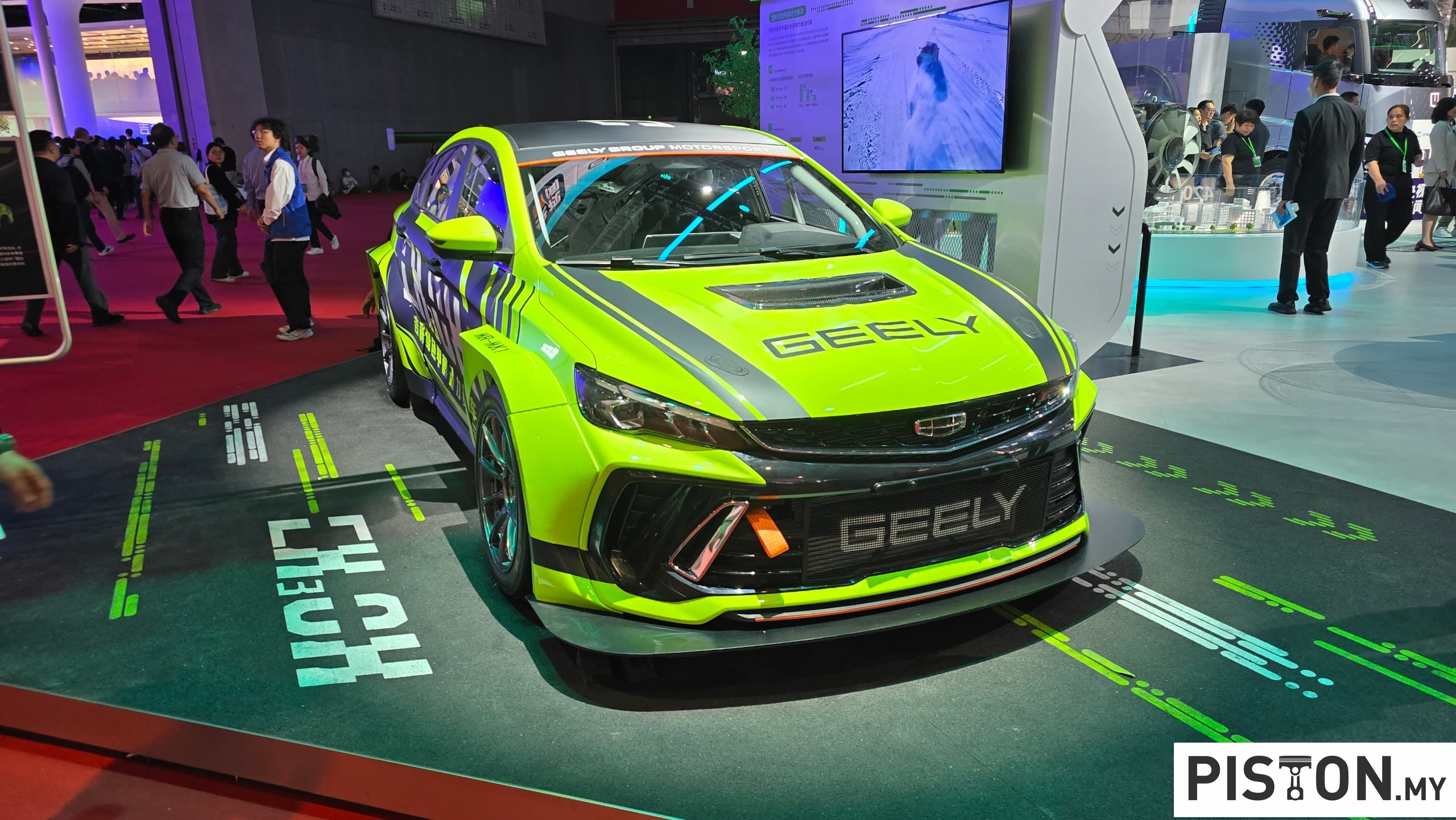
Although there have been commercial vehicles from China for some time, the first passenger cars from the country appeared around the mid-2000s. Chery was an early brand but it did not make much of an impact and the brand eventually faded away. In recent years though, perhaps encouraged by Geely’s partnership with DRB-HICOM in Proton, we are slowly seeing new brands from China coming in.
The latest is Guangzhou Automobile Group Co., Ltd. , or GAC, as it is more readily known. This is a fast-growing carmaker which began business in 1997 and has entered 25 countries, making an appearance in the USA in 2007. Last year, it sold over 2 million vehicles worldwide.
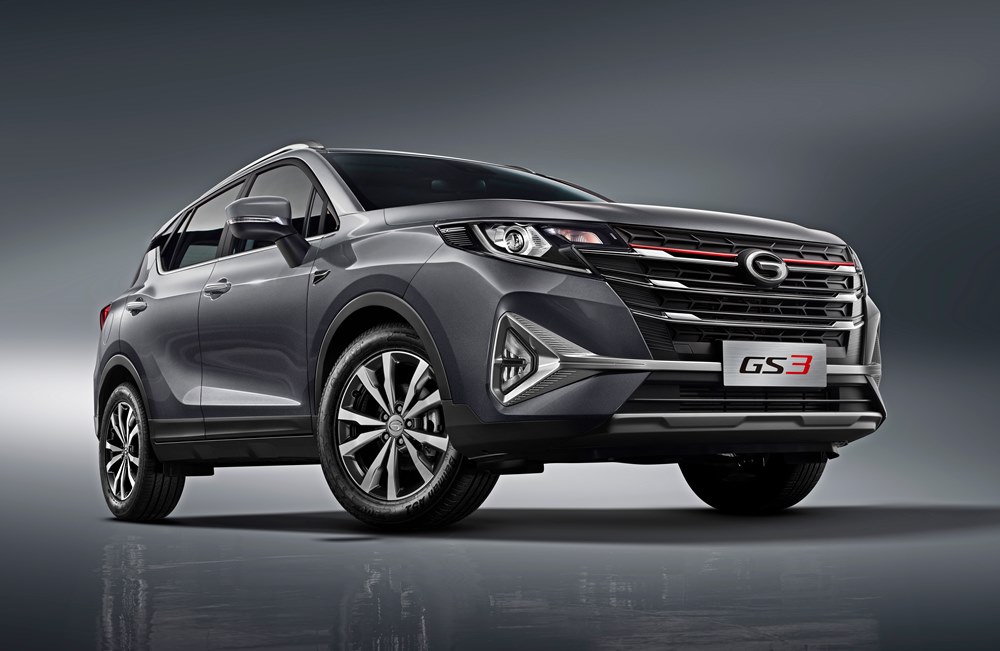
Part of the Tan Chong Group
It has now added Malaysia to its list of export markets with the appointment of WTC Automotif (WTCA) as its official distributor. Though you may have never heard of WTCA, it has a team with long experience in the auto industry as it is a subsidiary of Warisan TC Motor Holdings Bhd, a member of the Tan Chong Group of companies. Tan Chong is one of the oldest car companies in Malaysia, having been established by Malaysians in the 1950s. It is synonymous with the Nissan/Datsun brand which it continues to represent with Edaran Tan Chong Motor.
The first product from GAC in the new showrooms is the GS3, a popular compact SUV in China which has a B-segment size. At this time, the model is being imported from China but WCTA is already making plans to have it assembled locally, most likely at the Tan Chong assembly plant near Rawang in northern Selangor.

Local assembly to start in future
“The GS3 is a global model sold in 25 other countries and it arrives in Malaysia as a fully imported vehicle, with Malaysia being the first country to launch the RHD model. However, we are working closely with GAC International to start the local assembly programme for the GS3 and other models. WTCA has already set up a dedicated showroom for GAC in the heart of Kuala Lumpur and plans to expand beyond the Klang Valley region very soon,” said Tan Keng Meng, CEO of Warisan TC Holdings Bhd., the publicly-listed parent company of WTCA.
The GS3 imported to Malaysia is the latest model with GAC’s latest design language known as ‘Flying Dynamic Wing 3.0’. This has an intricately shaped front grille with subtle chrome strips that connect the projector headlamps and a lower bumper cladding linking the foglamps, both visual elements emphasizing the width and dynamism of the vehicle.
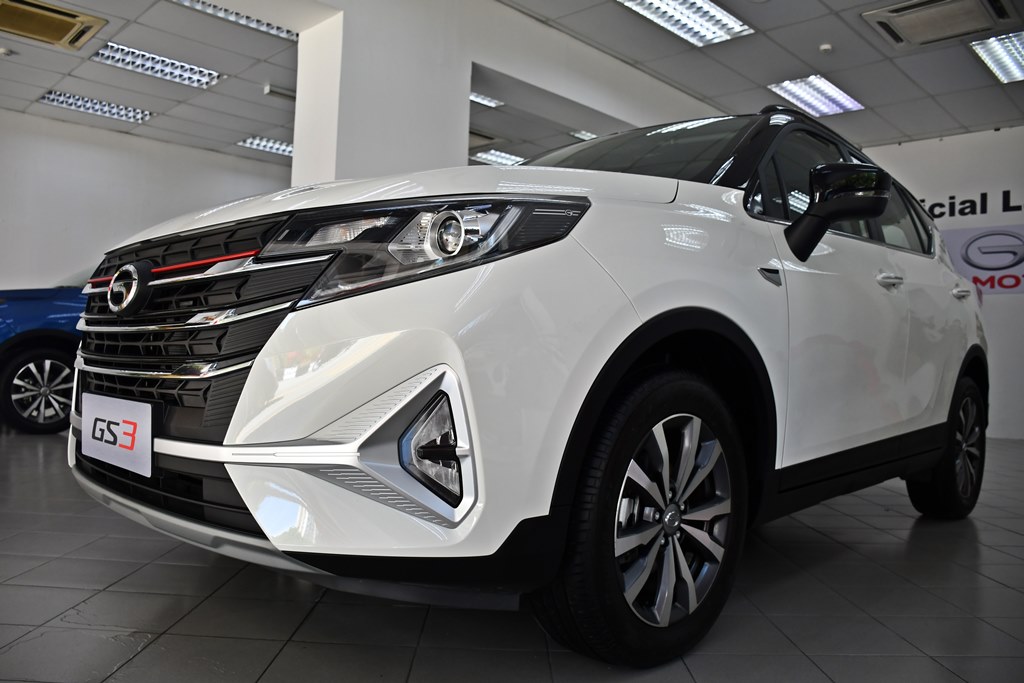
The curvature of the grille and front bumper is carried through to the sides which feature a strong shoulder line and deeply sculptured doors, while the cleverly concealed D-pillars accentuate the ‘floating’ roof design and sporty silhouette of the GS3. The sweeping roofline then tapers to a subtle rear spoiler with an integrated third brake lamp, complemented by slim LED tail-lamps that wrap around contours of the body for a noticeable presence on the road.
Large and wide interior
Like the exterior, the interior of the GS3 follows a similar theme with a ‘floating’ horizontal dashboard design that’s clean and classy. A large 8-inch infotainment touchscreen sits centrally with switches and controls for the climate control laid out neatly below them for ease of use. There’s also a sporty 3-spoke multifunction steering wheel that’s wrapped in leatherette and incorporates a multitude of steering controls to handle multimedia and can handle handsfree voice calls. The Climate Control System has PM2.5 particulate filtration which helps to keep the cabin air clean.
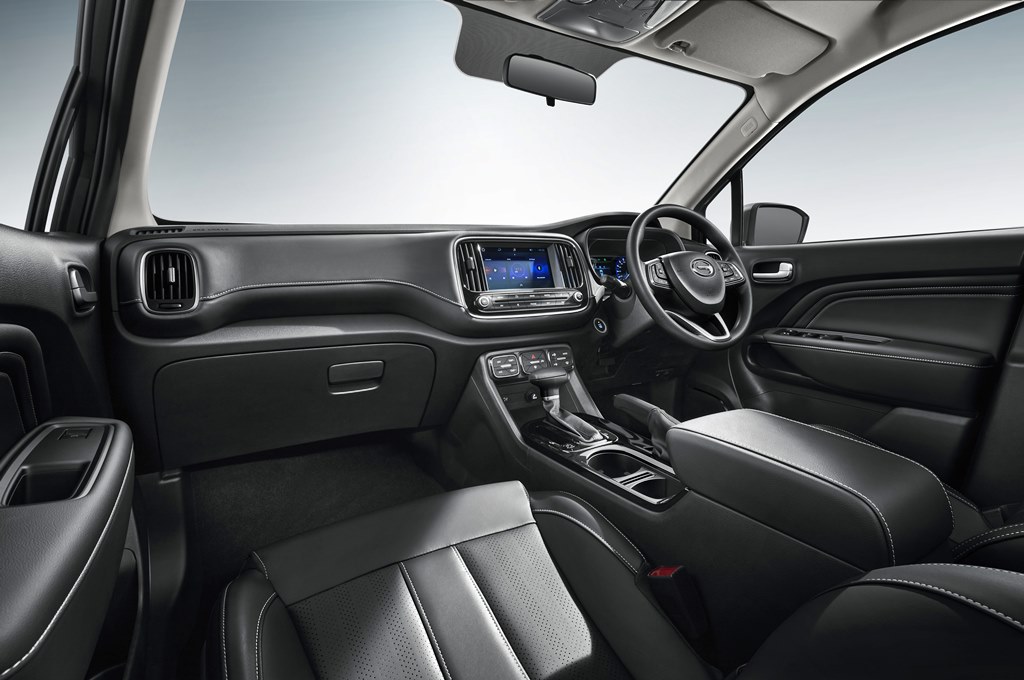
The GS3 cabin has been planned for maximum comfort, with one of the widest cabins in the compact SUV class at 1500 mm. This allows the occupants to enjoy a comfort level comparable to one class above, with generous legroom and shoulder room at the rear, even with 3 persons seated.
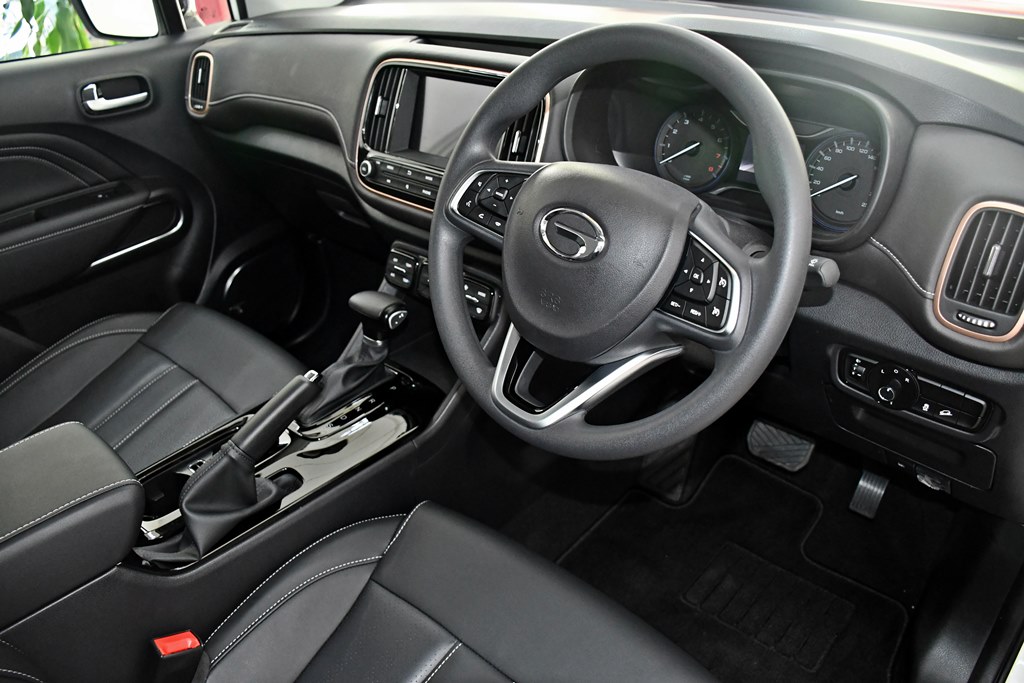
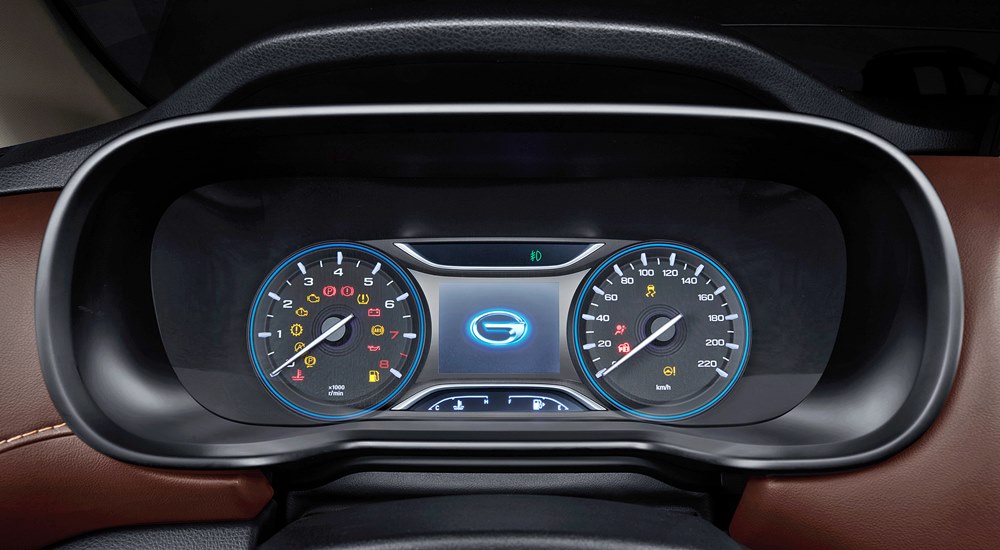
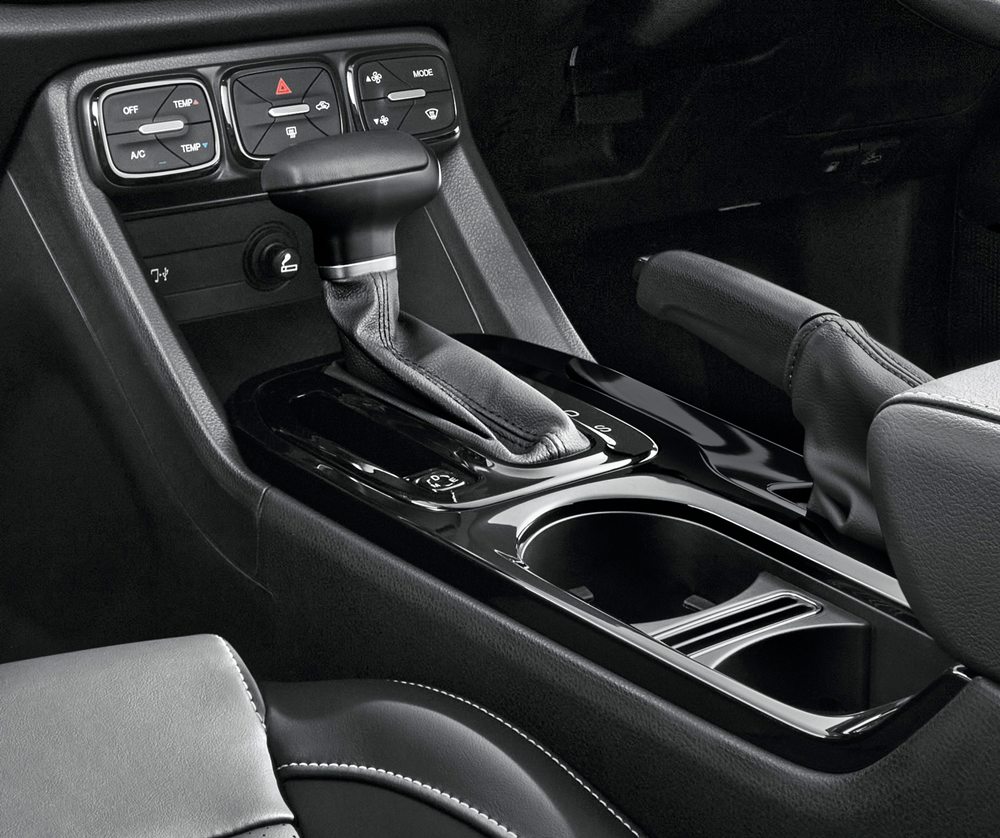
Attention was also given to seating comfort for the rear occupants and the seats have a good ergonomic structure, with optimal thigh support which some B-segment vehicles don’t have enough of. In addition to that, there are no less than 25 storage spaces around the cabin, plus a cargo volume of 356 litres which can be enlarged by folding down the one of both backrests.
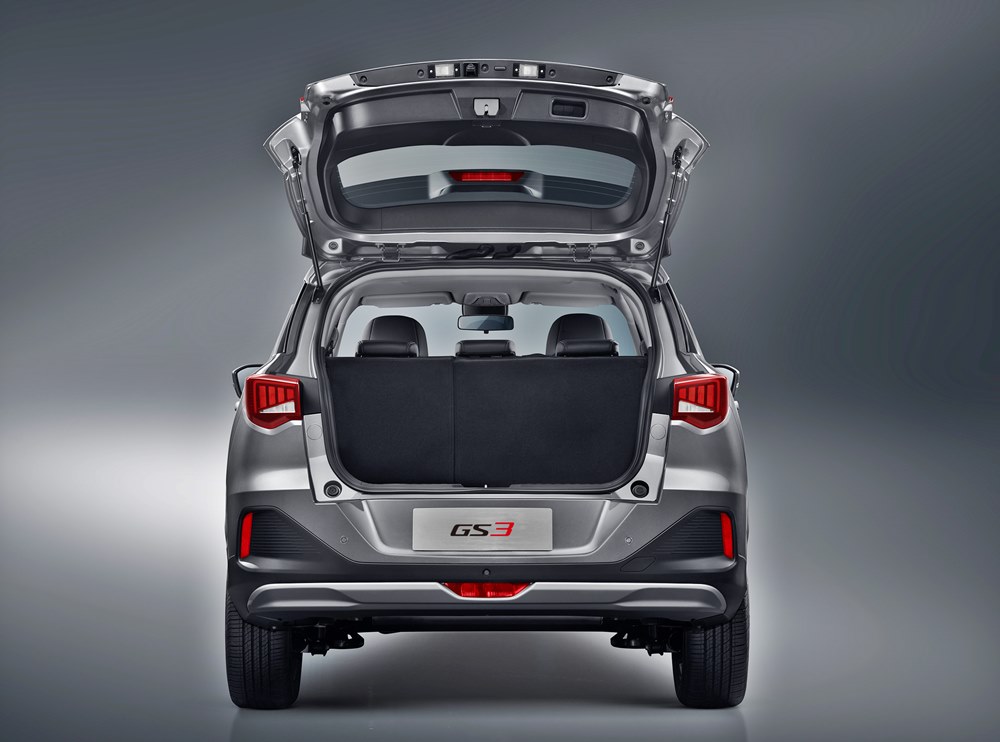
Global safety standards
China, though having only gotten into modern automobile manufacturing in the 1980s, has caught up with the rest of the industry. Although some of the early models were known to have poor safety ratings, Chinese authorities today set global standards for safety which must be met. Thus the GS3 comes with the usual active safety systems like ABS and Electronic Stability Control as well as driver-assistance systems like Blind Spot Detection and a rearview camera. In the event of a sever collision, there are up to 6 airbags for added protection, and ISOFIX childseat mounts are also provided for easy installation of compatible childseats.
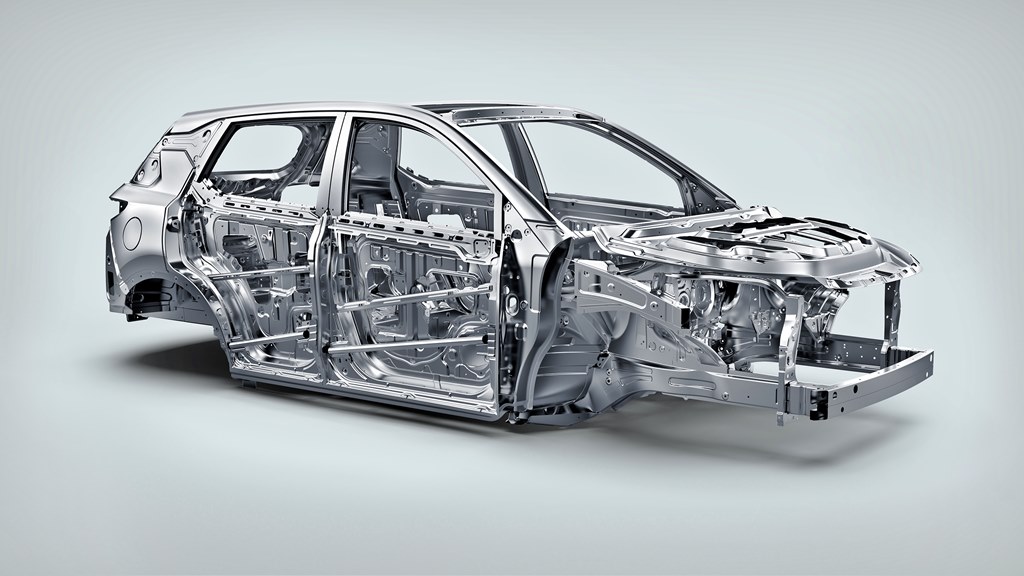
Power for the GS3 is provided by a 1.5-litre engine with continuously variable valve control at the intake and exhaust sides (Dual-CVVT). GAC engineers also developed a combustion control technology for enhanced combustion efficiency which the company has patented. With enhanced efficient, the 4-cylinder engine produces 114 ps/150 Nm which goes to the front wheels through an Aisin 6-speed automatic transmission with adaptive intelligent control. The claimed fuel consumption is 14.5 kms per litre.
Prices for the GAC SUV start from RM88,800 for the Standard variant and RM96,800 for the Premium variant (prices excluding insurance and 50% of sales tax). Test drives and static viewing are available at the first GAC showroom which is located at Lot 72, Jalan Sultan Azlan Shah, 51200 Kuala Lumpur. For more information, visit www.gacmotor.com.my.
How numberplates are issued in China


